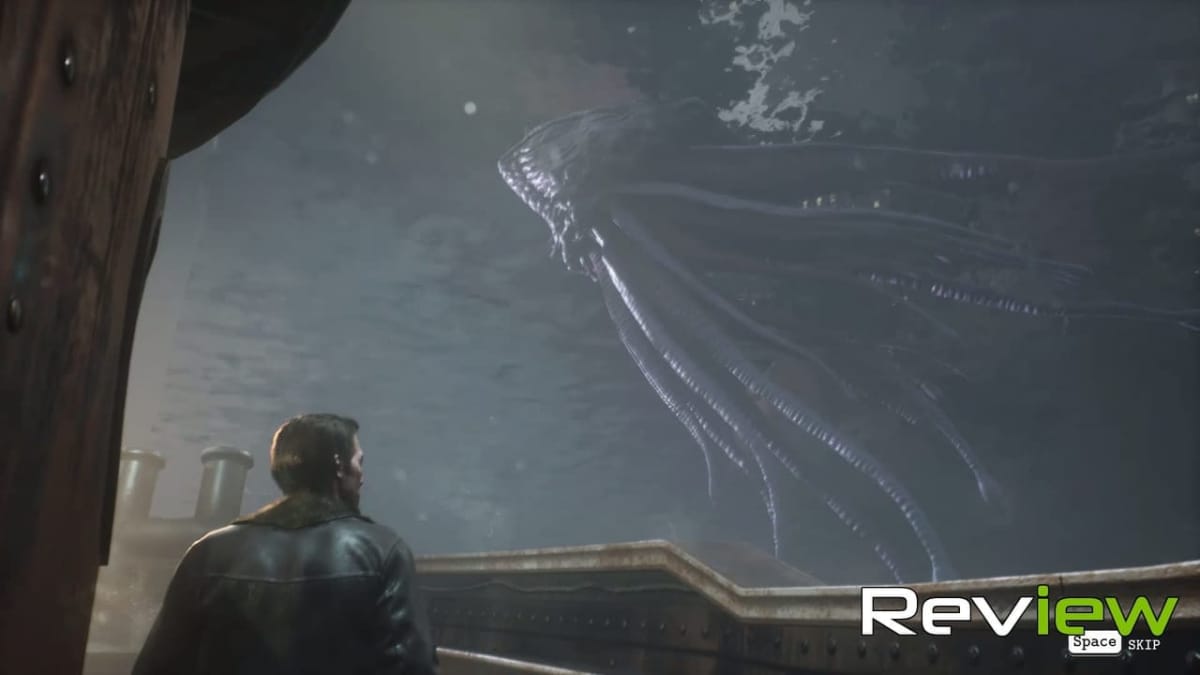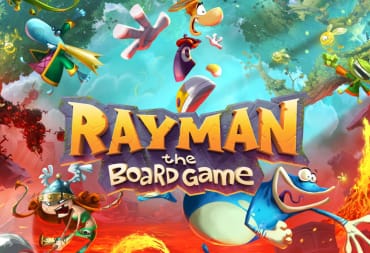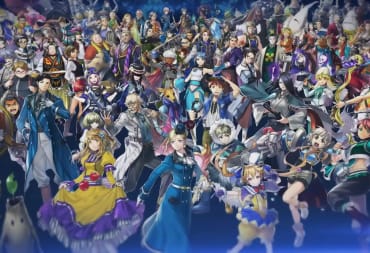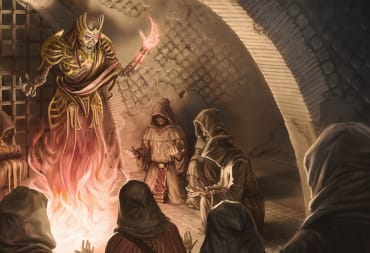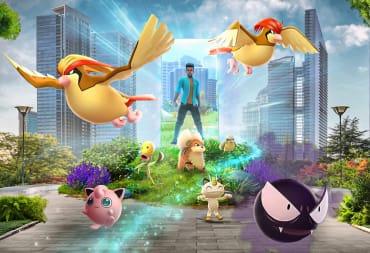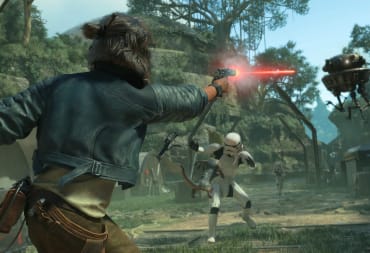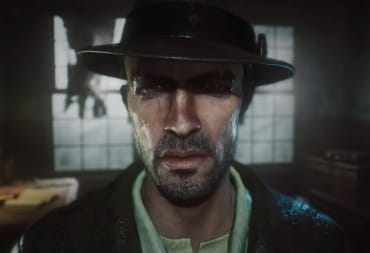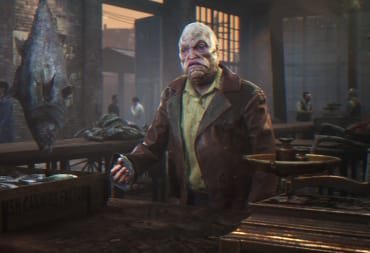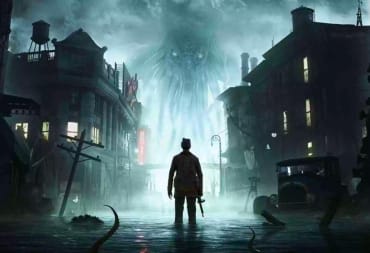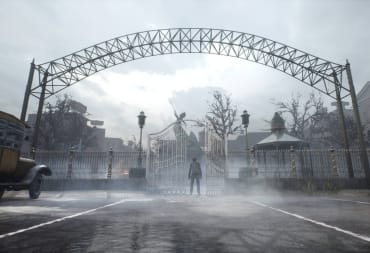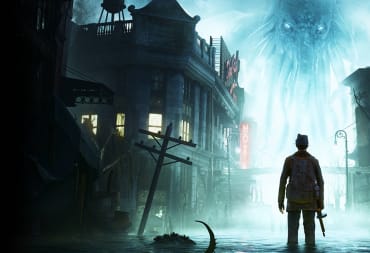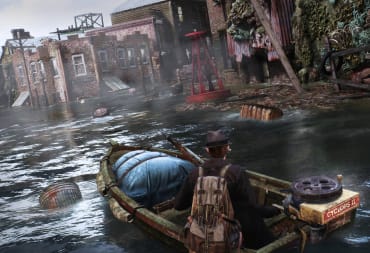I love a good cosmic horror mystery. While I got what I wanted with Call of Cthulhu last Fall, it certainly felt like there was missing something. So, I kept my eyes on The Sinking City, hoping that its Lovecraft-inspired cosmic horror would win me over. After spending around 25 hours exploring the flood, fighting monsters, solving murders, and more, I finally left the city behind. So is it worth joining Oakmont on its trip to the depths, or should you go for the high ground?
You play as Charles Reed, a World War 1 veteran and private investigator who finds himself haunted by weird nightmares he doesn't understand. He manages to trace them to the city of Oakmont, where he finds others suffering from the same nighttime affliction. Furthermore, Oakmont has recently suffered from a terrible flood, drowning half the city. Cults are starting, people are doing weird things, and there are monsters roaming the streets. Reed needs to enter this mess, figure out the causes of the nightmares, and possibly save the world in the process.
The story is by far the most interesting part of The Sinking City. Reed's tale is full of twists and weird moments that threw me off my game and kept me guessing. It helps that some truly interesting characters populate Oakmont. From friendly cult members that may be performing torture behind your back to quiet professors that think up absurd revenge plots, to a librarian who has her mouth sewn shut to stop her from spreading gossip. Wanting to learn more about each of these characters is probably one of the biggest draws to keep playing. It's easily what I was most excited about. The whole city just oozes mystery, and while there's no way to uncover all of it, it kept me thinking about it long after I stopped playing.
Investigating The Sinking City
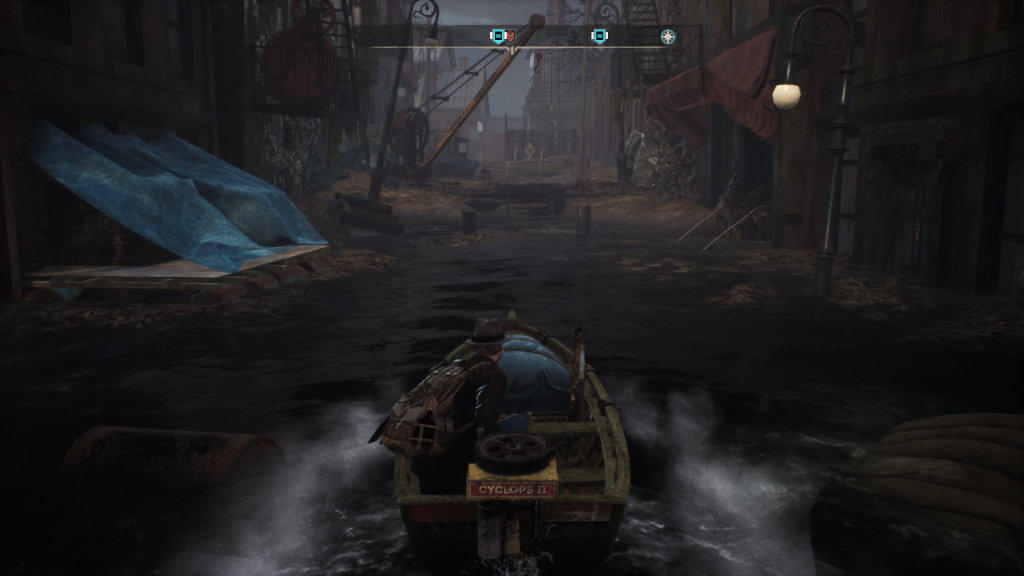
To learn more about these characters, and Oakmont in general, Reed need to put his private eye skills to use and do some investigations. At the start of the game, you get a mostly empty map of Oakmont. It has designations for a few of the most important places, but that's it. As you advance you'll have to do your own work to mark the map. See an area full of monsters? Then you better open up the map screen and mark it as such.
You'll get jobs telling you to visit places, usually giving you instructions to find locations with only the district and nearby streets to help. I never felt stuck wandering around and waiting to stumble across a location. However, I did have to put in a bit of work to find where I needed to go. As an unashamed fan of map markers, this felt like the perfect compromise between the two systems.
As you get to each location you'll have to do some investigation work. Usually, this means talking to people and finding clues. Reed has notable supernatural abilities that can help him with either task. As you find certain objects, Reed can look into the past and see brief glimpses at events that happened involving those objects. Sometimes this will help lead to clues, other times it could point out fake illusion walls that can be removed. No matter how you find the clues, they spell out a story of each area, giving you a glimpse into an event and ideas on where to go next. Sometimes you'll have to hit up locations like libraries or police stations to search their archives for more clues, other times you may have to take a step back and rework all the clues in your head.
Shooting The Sinking City's Monsters
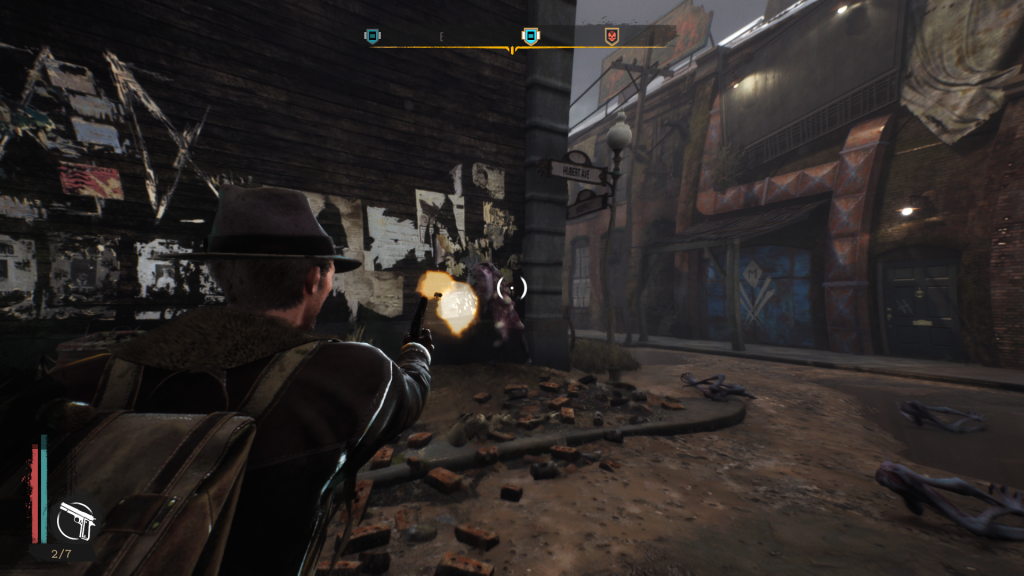
Investigating crime scenes is a constant joy. There's a real treat to finding some little detail you didn't notice the first time and tying it to a bigger clue. Occasionally this meant having to do a bit more pixel hunting than I wanted, but it was never as bad as some adventure games can get. Thankfully there's an optional setting that will alert you when there are no more important clues in an area. This should make the investigation easier for people who may be newer to the genre.
Sadly, there's one part of The Sinking City that's always dragging it below the depths, and that's the combat. At the start of the game, the combat doesn't feel even vaguely good. Your only weapon is a pistol and it takes far too many shots to drop even basic enemies, and often the aiming felt clunky and off. Later in the game, you get some better guns, like a shotgun or rifle, but they just upgrade the combat from "bad" to "acceptable."
It wouldn't be such a problem if combat in The Sinking City was rare, but the opposite is true. It seemed like I ran into at least one fight every time I entered a house. Late game segments against swarms of strong enemies, or the rare boss fight, only exemplify the problem even more. Eventually, I set the combat difficulty to easy. Not because I was having trouble, but because it ended the combat faster. Anything that ended the combat faster was worth it.
If you're fighting enemies or investigating, you do have to manage Reed's sanity bar. It slowly drops as he's near monsters, cosmic horrors, or disgusting acts of violence. At first, all it does is make the camera wobbly, but as the sanity drops strange things that happen get worse. Eventually, images of Reed hanging himself will become superimposed on the screen, he'll have hallucinations of monsters attacking him, and even pull out his gun and attempt to shoot himself. While it was rare for my sanity to ever drop low enough for it to become a real issue, the few times it did was always very interesting.
Going Under The Sinking City
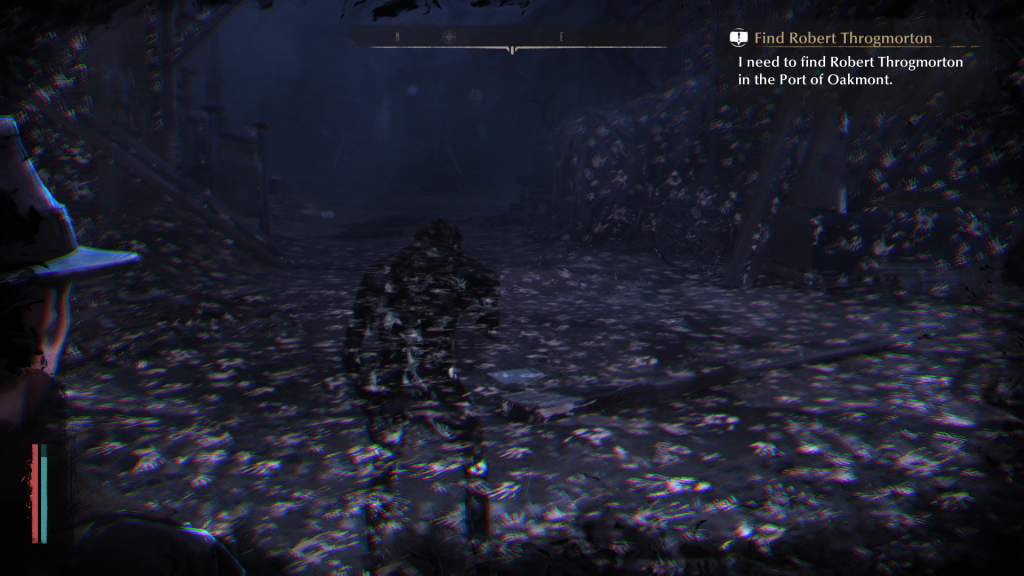
Reed occasionally needs to don a diving suit and take a trip into the flooded waters, which can be pretty hit and miss. On one hand, these are probably some of the creepiest segments of The Sinking City. There's something outright horrifying about seeing a giant tentacled monster swimming just off in the distance. On the other hand, these segments are often pretty slow. They usually require little other than walking from A to B while sometimes shooting a fish with a spear gun. At least they're all pretty short and don't manage to outstay their welcome.
When you're not on the job you can freely explore the city of Oakmont. There are various side quests to accept in your spare time. Some of them are pretty unique, such as one involving helping a wealthy citizen's brother who's trapped in a mirror world. Another cool one had Reed assisting a character with their seemingly haunted apartment. Sadly, there are also quite a few side quests that fall flat. Several give Reed a list of three addresses and tell him to go take a picture or grab an item. Each time you get to one, you'll have to fight some enemies. Usually, each one has at least one story twist to keep it feeling at least slightly fresh. It's just not enough to distract from the fact that it's pretty clearly filler. Still, the good ones outweigh the bad ones here.
However, exploring Oakmont means coming to terms with the game's occasional problems. There are quite a few terrors in The Sinking City caused by glitches rather than monsters. Often I'll see characters fall through the world, or spawn directly in front of me. Monsters aren't supposed to be able to leave infected areas, but they often do. This leads to me dying in places I should be safe. Once a cop saw me fighting a monster and put a bullet in the back of my head as thanks. I'm can sometimes kill the deadlier monsters by trapping them in walls and then shooting from safety. While it's not a glitch, I did also notice the game only appears to have five interior layouts. It's not long before you realize every single house looks exactly the same on the inside.
The Sinking City Review | Final Thoughts
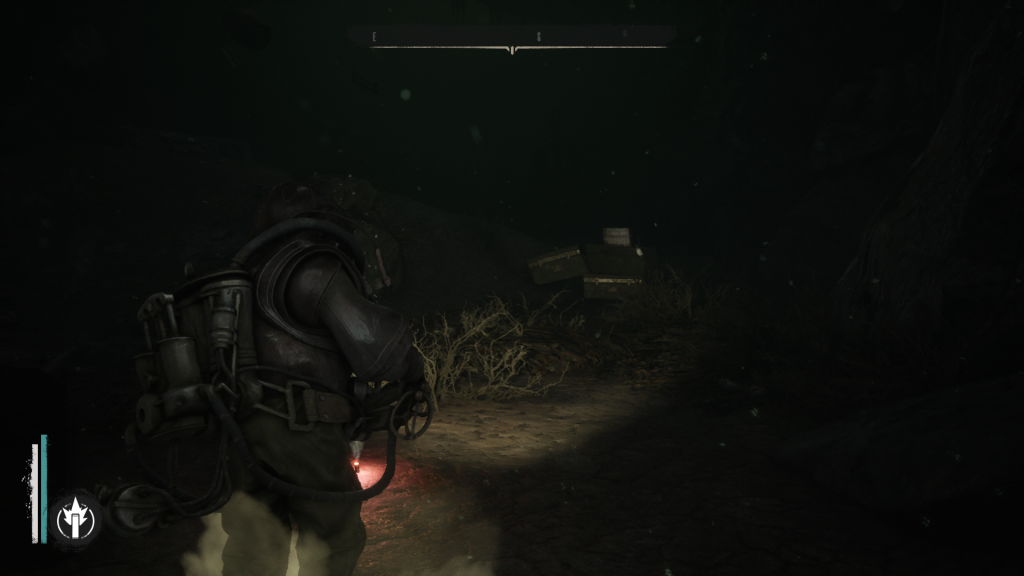
While the inside of houses may lack variety, The Sinking City's sinking city is great to explore. I loved how all the citizens try to go on with their lives as if the world around them isn't collapsing. You'll see arguments break out in the streets. People trade back and forth for food or water. Strange cultists are happy to tell you about their fish god. The constant rain and the way barnacles and coral seem to just grow out of houses gives the game a unique feel. There's also a great soundtrack, always creepy and fitting the mood no matter what was going on at the time.
While it may not have blown me away, I do love how The Sinking City always feels like it's reaching as high as it can. It's unique, and that's more than I can say for many games. A fantastic story and investigation do a ton to keep me involved, even if the combat and glitches drag things down. Perhaps more important though, The Sinking City never feels like it's trying to be anything other than its own thing. We need more of that, and that makes it worth saving this city.
TechRaptor reviewed The Sinking City on PC via Epic Games. The Sinking City is also available on PlayStation 4 and Xbox One. It will be coming to Nintendo Switch later this year.
Review Summary
Pros
- Great Story and Characters
- Creepy Setting
- Fun Investigations
- Interesting Side Quests
- Feels Unique
Cons
- Crummy Combat, and Too Much of It
- Some Bad Side Quests
- Iffy Underwater Segments
- Glitchy
Have a tip, or want to point out something we missed? Leave a Comment or e-mail us at tips@techraptor.net
